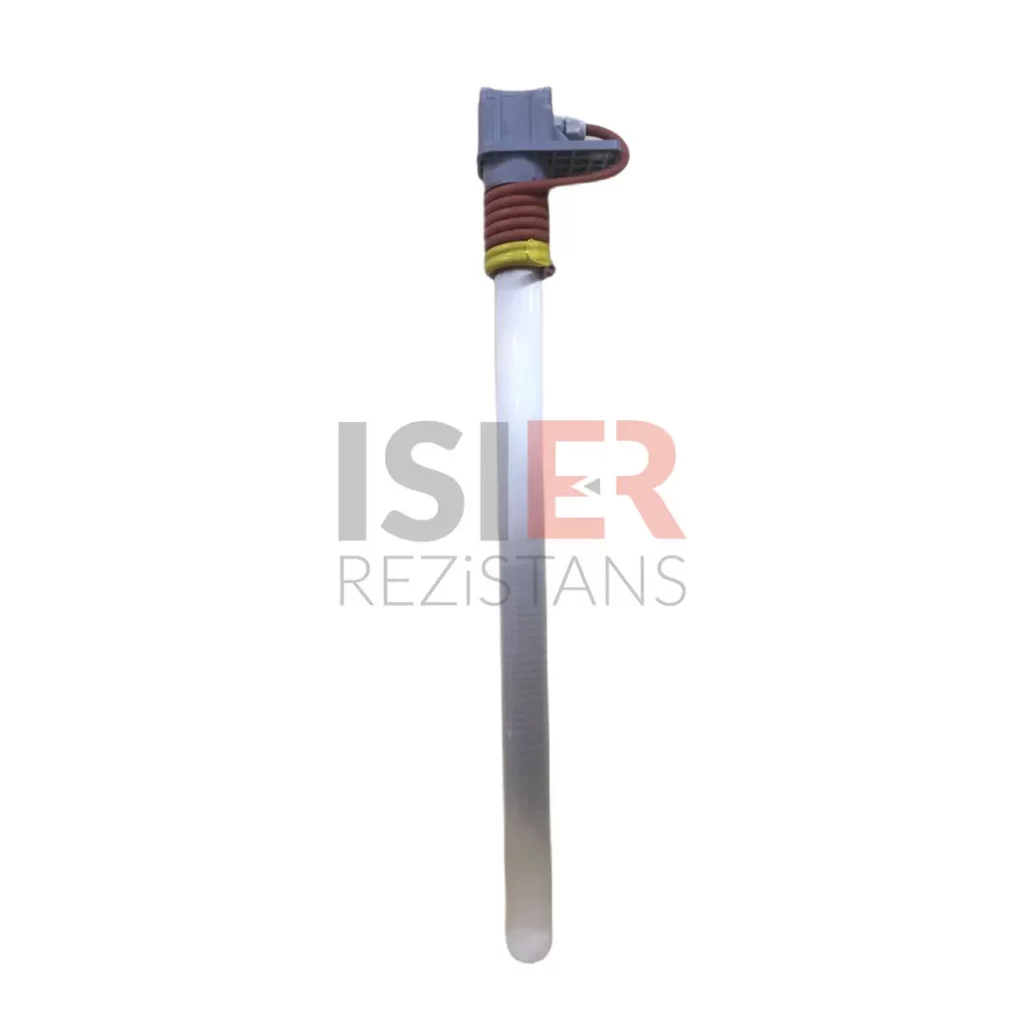Acid Bath Heaters
Acid Bath Resistors are a type of resistance used for heating various chemicals. These resistors are varieties of resistance with special structures used for heating purposes, especially in enterprises where chemical production is made or worked in a chemical environment. Depending on the ambient conditions, acid bath resistance is also produced with different properties. There are different types such as glass heater resistors, titan resistors, lead resistors, teflon resistors or quartz resistances.
Quartz heaters or PTFE (teflon) coating are particularly preferred resistance coating materials among acid bath resistance varieties for phosphoric acid heating. However, very careful attention should be taken when using and assembling PTFE coated and quartz heaters. Quartz resistors are produced as side immersion heaters, not L-shaped or bottom designs. In this way, it allows customers who need three-component (housing, quartz tube, acid bath resistance) construction to purchase each component separately and therefore save costs.
Technical Information
Side immersion acid bath resistance is designed for robust requirements for a corrosive chemicals, viscous (potentially contaminated) liquids, rinsing and process water heating. To be placed at the top of a tank, the heated part is designed to be immersed directly on the edge or bottom. This allows easy removal of the heater and a large working area inside the tank.
Acid Bath Resistors are one of the resistors that can be easily used for heating other aus resuscitation liquid materials. Quartz heaters and teflon coating heaters are heavily preferred in heating many types of acids. Acid bath resistors are manufactured in ovens that do not exceed 500 °C dry in industrial machines or in various sizes and powers by evaluating optional uses in heating liquid substances.
Such resistors are increased in their bodies, chromium, teflon, copper, brass, iron, quartz, titanium and glass, and are used in all chemical materials in order to prevent rapid deterioration by chemical interaction. It is manufactured in desired sizes by passing teflon hose on stainless pipe or static teflon coating.







